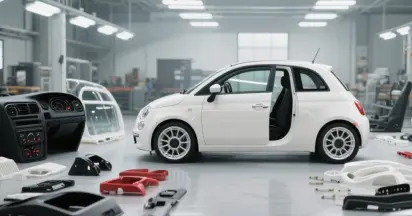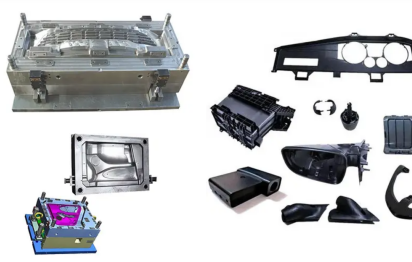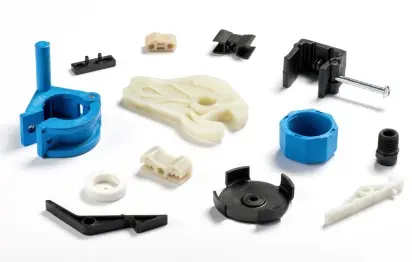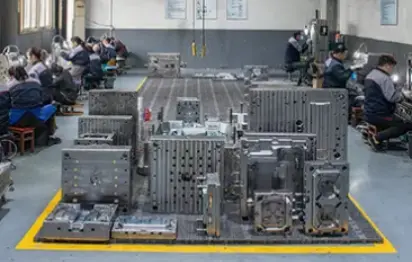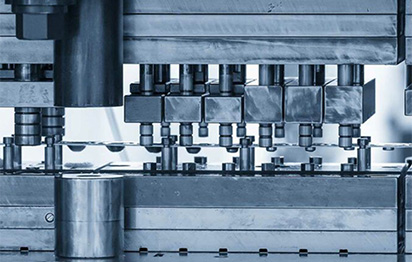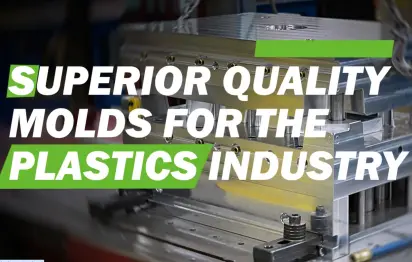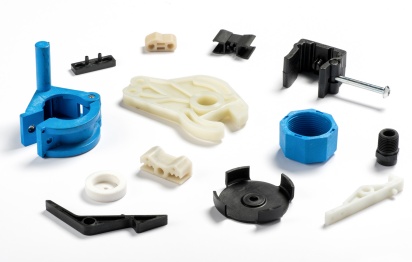Can Injection Molding Be Used to Make Automotive Parts? Absolutely — Here's How
When you think of cars, you probably picture gleaming metal and polished paint. But beneath that shiny exterior, there's a surprising amount of plastic — and much of it is made using injection molding. This manufacturing method has become essential in the automotive industry, allowing manufacturers to create strong, lightweight, and cost-effective plastic parts with incredible precision.
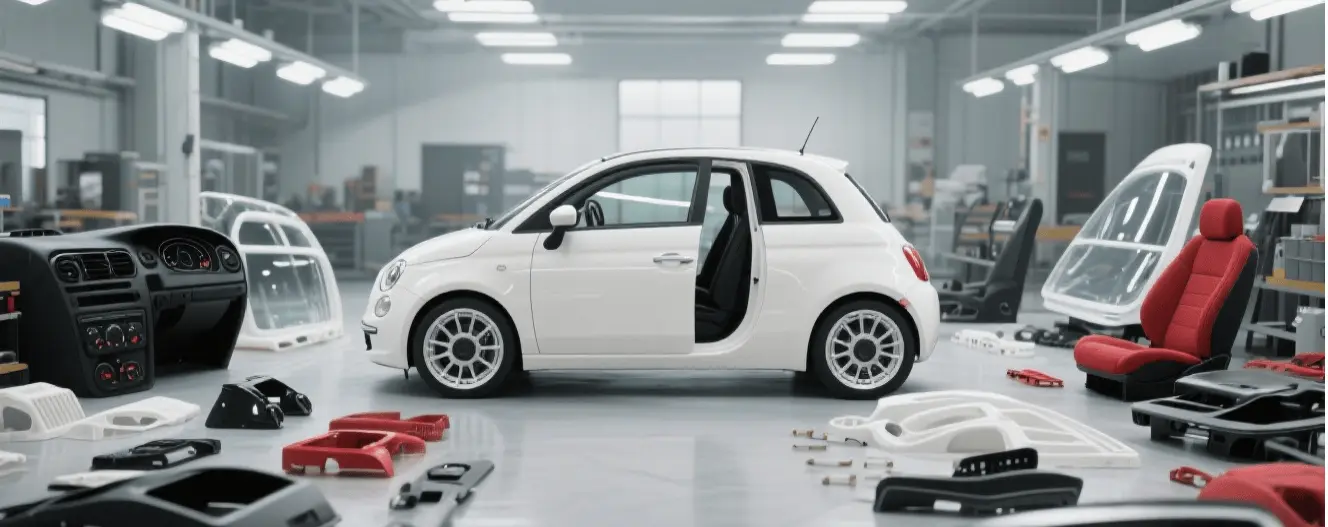
A Shift from Metal to Plastic
Back in the day, cars were almost entirely metal. But that came with challenges: metal is heavy, expensive to produce, and harder to shape into complex designs. In the 1950s, carmakers began using plastic Injection Molding for small trim pieces. By the late 1970s and 80s, the technology evolved to support more critical parts — from dashboards to headlight housings. Today, plastic has become an integral part of vehicle design, making cars lighter, more fuel-efficient, and more affordable to produce.
Why Injection Molding Works for Cars
Injection molding involves injecting molten plastic into a mold cavity, where it cools and hardens into the final shape. It's perfect for creating high-volume, highly detailed parts with consistent quality. Once a mold is made, it can produce thousands — even millions — of identical pieces with minimal variation.
Some of the key benefits of injection molding for automotive production include:
Design flexibility: Complex shapes, thin walls, internal cavities, and integrated features can be molded in one step.
High repeatability: Every part made from a mold is virtually identical, which is essential in the tightly regulated automotive industry.
Cost efficiency at scale: While molds are expensive upfront, the per-unit cost drops dramatically in high-volume production.
Material versatility: Automotive-grade plastics like ABS, nylon, polypropylene, and polycarbonate can all be used, each offering different mechanical and thermal properties.
Automotive Parts Made with Injection Molding
Injection molding plays a key role in almost every area of a vehicle:
Under-the-hood components: From engine covers to oil pans, plastic parts now replace heavier metal components, improving performance and fuel economy.
Exterior parts: Bumpers, fenders, grilles, and light housings are all commonly made via injection molding, offering both durability and aesthetic appeal.
Interior elements: Dashboards, glove boxes, door panels, vents, and decorative trim pieces are molded to provide comfort, functionality, and a sleek look.
High-performance vehicles even use reinforced plastics like carbon fiber composites for structural elements, combining strength with weight savings.
Customization Made Easy
Another advantage of injection molding is the ability to customize the look and feel of a part. Through mold texturing and integrated colorants, manufacturers can produce glossy, matte, or textured surfaces in a wide range of colors — no painting required. This makes it easy to match a vehicle’s design aesthetic without additional steps or costs.
Final Thoughts
Injection molding has revolutionized automotive manufacturing. With its ability to produce complex, lightweight, and affordable parts at scale, it's no surprise that plastic has become such a staple in modern vehicles. As materials and technologies continue to evolve, we can expect even more innovation in how cars are designed — and molded — for the road ahead.






